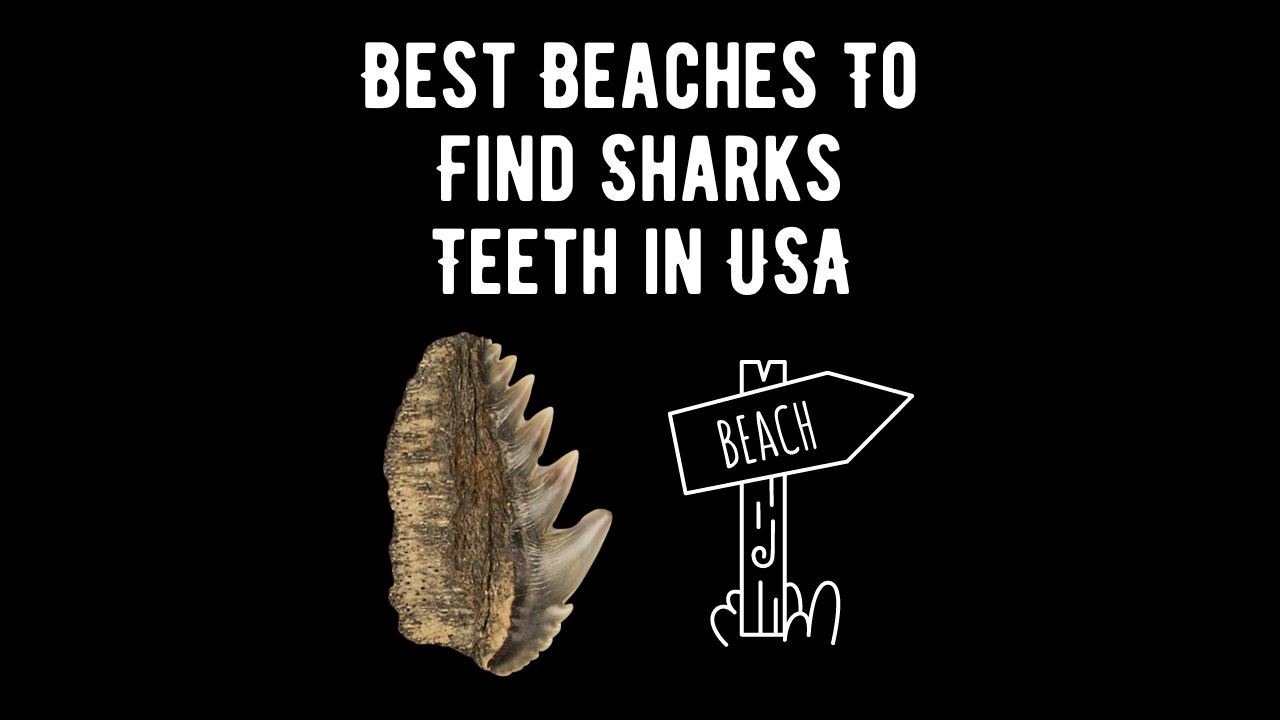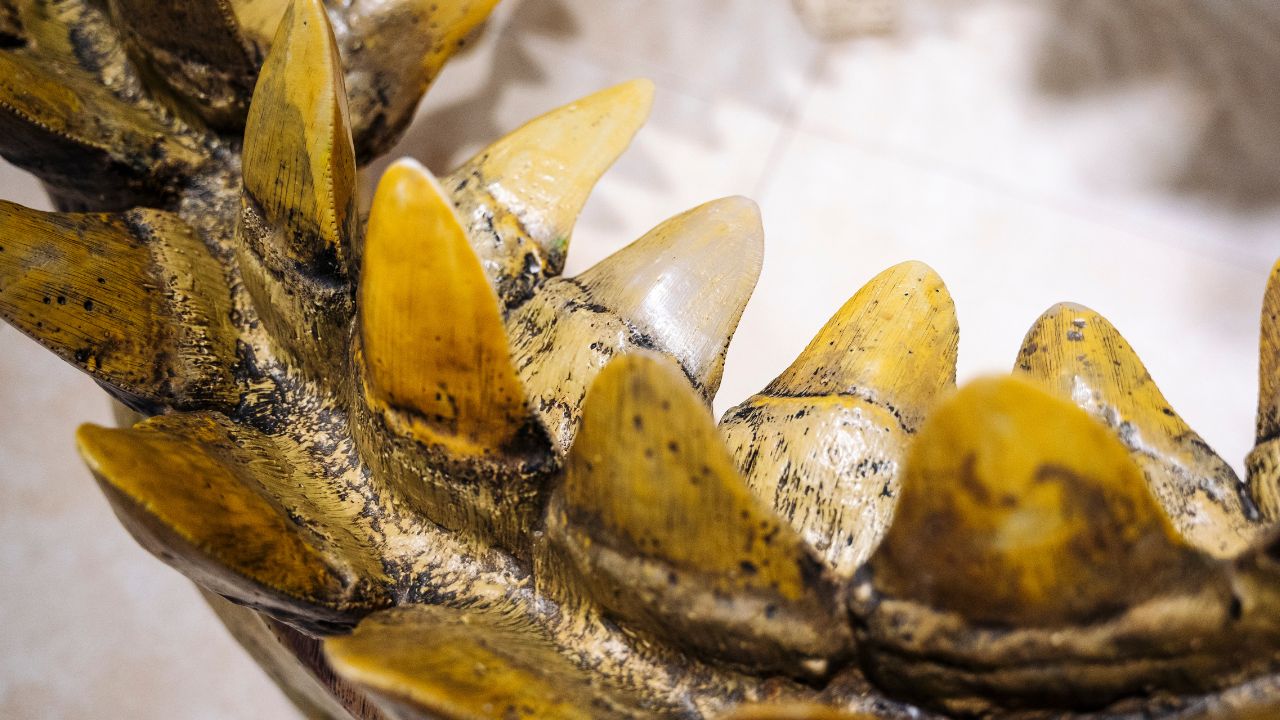
For avid beachcombers and shark tooth enthusiasts, the thrill of uncovering a fossilized treasure along the shoreline is unmatched. The coastal areas of the United States offer prime locations for shark tooth hunting, providing a unique blend of scenic beauty and the excitement of discovering these ancient relics. In this extensive 3000-word article, we’ll embark on a journey to explore additional beaches in Georgia, Florida, South Carolina, North Carolina, Maryland, Texas, Hawaii, Washington, Virginia, and Texas for finding shark teeth.
I. The Fossilized Chronicles of Shark Teeth
1. The Allure of Shark Teeth:
- Shark teeth, with their intricate shapes and fascinating designs, have captivated collectors and enthusiasts for centuries.
- Fossilized shark teeth serve as windows into the prehistoric oceans, offering glimpses of ancient marine ecosystems.
2. Geological Origins:
- Understanding the geological history of shark teeth helps pinpoint the regions where these fossils are most likely to be found.
- The presence of fossilized shark teeth is often linked to ancient seabeds and geological formations.
II. Florida: A Shark Tooth Paradise
1. Venice Beach:
- Known as the “Shark Tooth Capital of the World,” Venice Beach in Florida attracts enthusiasts with its abundance of fossilized shark teeth.
- The unique combination of tidal currents and fossil-rich sediment makes this beach a hotspot for shark tooth hunting.
2. Amelia Island:
- Located on the border of Georgia and Florida, Amelia Island offers sandy shores perfect for shark tooth hunting.
- Fossil enthusiasts can explore the beaches for a chance to discover ancient treasures.
3. Manasota Key:
- The beaches of Manasota Key, situated on the Gulf Coast of Florida, offer a tranquil setting for shark tooth hunting.
- Fossilized shark teeth, along with other marine fossils, can be discovered in the sandy shores.
4. Peace River:
- Inland from the beaches, the Peace River in Florida provides another opportunity for fossil hunters to discover shark teeth.
- Kayaking along the riverbanks unveils a trove of ancient treasures, including fossilized shark teeth.
5. Casey Key:
- Located in Florida, Casey Key offers pristine beaches where collectors can hunt for shark teeth.
- The area’s geological features make it conducive to fossil discoveries.

III. South Carolina and North Carolina: Unearthing Megalodon Teeth
1. Myrtle Beach:
- Myrtle Beach, known for its pristine coastline, also holds treasures beneath its sands.
- Enthusiasts can find various shark teeth, including those from the massive Megalodon, as they comb the shores.
2. Edisto Beach:
- Edisto Beach, situated in South Carolina, is a favored location for shark tooth hunting.
- The mix of fossilized shark teeth and seashells creates an inviting environment for collectors.
3. Holden Beach:
- Located in North Carolina, Holden Beach offers a serene landscape for fossil enthusiasts.
- The sandy shores provide opportunities to discover a variety of shark teeth.
4. Outer Banks Beaches:
- The Outer Banks of North Carolina offer a diverse range of beaches where fossil hunters can uncover shark teeth.
- Shackleford Banks, in particular, is known for its fossilized treasures.
5. Blackwater Rivers:
- South Carolina’s Blackwater Rivers provide an alternative environment for shark tooth hunting.
- Exploring riverbanks may lead to unique discoveries.
IV. Maryland and Virginia: Fossil Hunting Along the Chesapeake Bay
1. Calvert Cliffs State Park:
- Along the shores of the Chesapeake Bay, Calvert Cliffs State Park in Maryland boasts a wealth of fossilized treasures, including shark teeth.
- Fossils erode from the cliffs, providing a steady supply for beachcombers.
2. Potomac River:
- The Potomac River, flowing through Maryland and Virginia, offers additional opportunities for fossil hunting.
- Exploring the riverbanks may unveil fossilized shark teeth and other ancient marine relics.
3. Montross:
- Located in Virginia, Montross provides access to the fossil-rich Chesapeake Bay region.
- Fossil enthusiasts can explore the beaches for a chance to discover ancient treasures.

V. Texas: Gulf Coast Fossil Adventures
1. Padre Island National Seashore:
- Stretching along the Gulf of Mexico, Padre Island National Seashore in Texas provides a secluded and pristine setting for shark tooth hunting.
- The mix of sandy shores and Gulf currents creates an environment conducive to fossil discoveries.
2. Bolivar Peninsula:
- Situated on the Texas Gulf Coast, Bolivar Peninsula offers a unique coastal environment for fossil hunters.
- Collectors can explore the sandy shores in search of shark teeth.
VI. Hawaii and Washington: Pacific Coast Wonders
1. Shipwreck Beach (Lanai):
- Shipwreck Beach on the island of Lanai, Hawaii, offers a distinctive backdrop for fossil enthusiasts.
- The Pacific Ocean surroundings provide a unique setting for shark tooth hunting.
2. Point No Point Beach (Washington):
- Point No Point Beach in Washington provides a Pacific Northwest locale for beachcombers.
- While not as tropical as some other locations, collectors may uncover fossilized shark teeth along the shores.
VII. Tips and Techniques for Shark Tooth Hunting
1. Timing and Tides:
- Understanding the impact of tides on beach erosion is crucial for successful shark tooth hunting.
- Low tide periods often reveal more of the seafloor, increasing the chances of discovering fossils.
2. Sifting and Screening:
- Using sifters or screens helps sift through sand and debris, allowing collectors to focus on the discovery of shark teeth.
- Sifting is particularly effective in areas with fine-grained sand.
3. Exploring Riverbanks:
- Inland waterways, such as rivers and creeks, can also yield fossilized shark teeth.
- Kayaking or walking along riverbanks may lead to unique discoveries.
4. Local Knowledge:
- Seeking advice from local experts and fellow enthusiasts can enhance the shark tooth hunting experience.
- Local knowledge about specific beach areas, geological features, and best times for hunting is invaluable.
VIII. Conservation and Responsible Collecting
1. Leave No Trace:
- Practicing responsible collecting ensures the preservation of natural habitats.
- Collectors should leave beaches as they found them, minimizing the impact on the ecosystem.
2. Follow Regulations:
- Abiding by local regulations and guidelines helps protect fragile environments.
- Some areas may have restrictions on collecting, especially in ecologically sensitive regions.
IX. Conclusion
In conclusion, the USA offers a diverse array of beaches for shark tooth hunting, each with its unique geological features and fossilized treasures. From the fossil-rich shores of Florida to the serene landscapes of Georgia, the Carolinas, Maryland, Virginia, Texas, Hawaii, Washington, and beyond, enthusiasts can embark on a journey through time, uncovering the ancient remnants of marine life. As collectors explore these coastal gems, it’s essential to balance the thrill of discovery with a commitment to responsible collecting and conservation, ensuring that these natural wonders endure for generations to come. Happy hunting!






